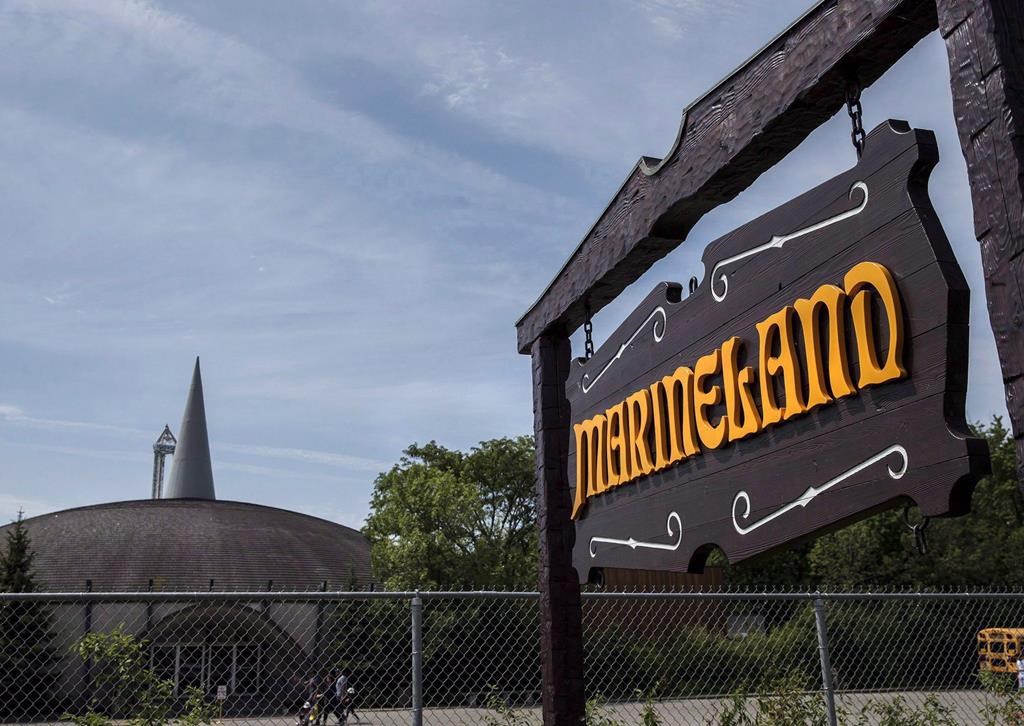OTTAWA—With speeds forecast at up to 300 km/h, Canada is taking a leap towards high speed rail with a new line from Toronto to Québec City, the federal government announced Wednesday.
In one of his last major policy decisions as prime minister, Justin Trudeau pledged $3.9 billion over six years to co-develop the new high speed rail service over the next six years with a group of corporations that includes Air Canada and the company formerly known as SNC-Lavalin.
The total cost — and construction timeline — has not yet been determined, as the next phase could take five years to design the new rail system and decide crucial aspects like the exact route and placement of new train stations.
Speaking in Montreal, Trudeau called it “the largest infrastructure project in Canadian history” — a new 1,000-km rail system that will be a “gamechanger” for travel through Canada’s most populous region that he said would get passengers from Toronto to Montreal in three hours.
Called Alto, the new rail system will run entirely on electricity and include stops in Toronto, Peterborough, Ottawa, Montréal, Laval, Trois-Rivières and Québec City, Trudeau said.
The rail system will be designed and built by a Crown corporation that partnered with a group of private companies, called Cadence, which the government chose after months of deliberation. Alongside Air Canada AtkinsRéalis (formerly called SNC Lavalin), the group of companies chosen to help build the project includes CDPQ INfra, Keolis, SYSTRA and SNCF Voyageurs.
Trudeau pledged the system would reduce greenhouse gas emissions that cause climate change, create thousands of jobs, and add billions to Canada’s economy.
“Just think about the 4,000 kilometres of steel rail that we’re going to need to lay. That’s steel, aluminum, copper — resources we have, that we can use here in Canada,” Trudeau said.
“It’s a project fit for Canada: big and bold.”
Appearing alongside Trudeau, Transport Minister Anita Anand said the $3.9 billion announced Wednesday will go towards designing new track, aligning its route, choosing where to place new train stations, pushing through regulatory requirements, conducting studies and consulting with Indigenous communities.
After that, Anand said, construction will begin.
“We will be amongst our G7 partners who all have some form of high speed rail,” Anand said.
The new money comes on top of $371.8 million already devoted to kickstarting the project.
Martin Imbleau, the chief executive of the Crown corporation that will partner with the private companies to build the rail line, said the line will be “a fast, frequent, reliable and sustainable option” for people to travel in the region “like many European countries.”
He said they will take their time on technical work to design the project, and that construction won’t begin for at least four or five years.
“A high speed rail network is not a luxury, it is a necessity,” Imbleau said.
The Liberal government first proposed construction of a new “high frequency” rail line from Toronto to Québec City in 2019. But as Trudeau acknowledged Wednesday, the vision expanded since then towards a high speed line that would more drastically slash train travel times.
He said this will ensure “high speed land transportation” is available between major cities for the next hundred years.
In 2021, then-transport minister Omar Alghabra floated a rough cost estimate for the new rail project at between $6 billion and $12 billion. But the real cost might actually be more than double that, government source told the Star last fall, depending on how much of the project is built for high speed, where the tracks end up getting built, and because of factors like inflation that have driven up construction costs in recent years.
A 2017 assessment of a possible “ultra-high speed” rail project from Portland, Oregon to Vancouver, B.C. estimated such a project — with up to 800 kilometres of track — could cost between $32 billion and $57 billion.
On Wednesday, the prime minister acknowledged governments have considered high speed rail for years. Under prime minister Jean Chrétien, for example, the government looked at building a line from Windsor to Québec City in the early 2000s, but the idea was ultimately shelved.
Asked about this history, Trudeau said Wednesday that no previous government has ever “pulled together” serious bids from private companies to help build high speed rail.
“This is real now,” he insisted.
He also recognized that a future government will be charged with proceeding with the new project, but Trudeau predicted there is enough momentum behind the project that it will be hard for another administration to cancel it.
With an election possibly just weeks away, the federal Conservatives have not said whether they would pursue the current government’s high speed rail project. The NDP, meanwhile, has said they support high speed rail from Toronto to Ottawa, but that they want private corporations to be excluded from the project.
At the same time, the Liberal government is in the process of choosing a new leader to replace Trudeau as prime minister on March 9.
Karina Gould, the former House leader running for the job, has said she would keep the Toronto-to-Québec City project and also support high speed rail between Edmonton and Calgary.
Other leadership contenders, including former central banker Mark Carney and former finance minister Chrystia Freeland, have not said whether they would proceed with the Trudeau government’s high speed rail project in eastern Canada.



